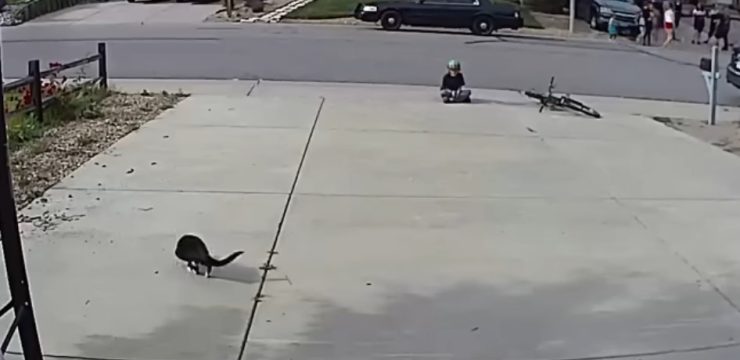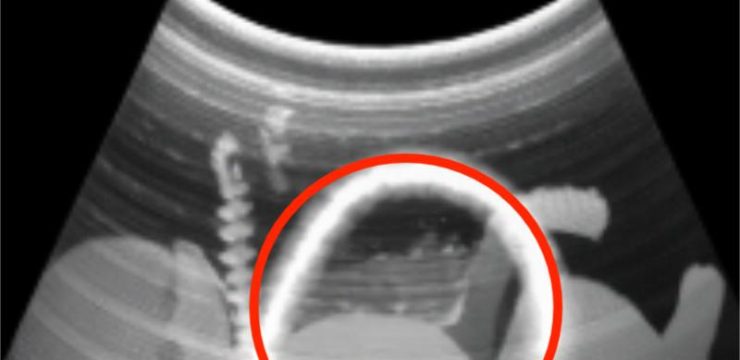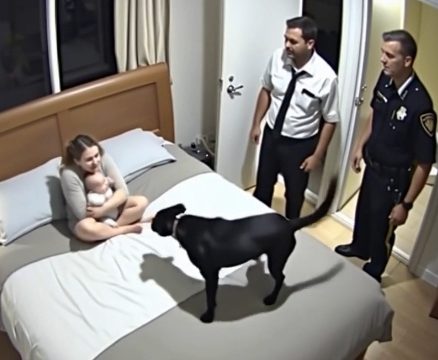Homework is often seen as a rite of passage—a way to prepare young minds for the challenges of adulthood. But for Angie Warner, a simple second-grade math assignment turned into an unexpected puzzle that left even seasoned adults scratching their heads. What seemed straightforward at first glance quickly spiraled into a viral math conundrum, sparking debates across the internet.

The Problem That Started It All
Angie, like many parents, was helping her second grader with a math problem that initially seemed easy. The question read:
“There are 49 dogs signed up to compete in the dog show. There are 36 more small dogs than large dogs signed up to compete. How many small dogs are signed up to compete?”
At first, Angie thought the answer was obvious—36 small dogs. But as she re-read the question, doubts crept in. It didn’t add up. Desperate for clarity, Angie turned to a private Facebook group, Breastfeeding Mama Talk Privately, to ask for help. What followed was a whirlwind of confusion and debate.
The Puzzle That Stumped the Internet
After Angie posted the question, it quickly gained traction online, drawing the attention of parents, teachers, and math enthusiasts alike. Discussions about the problem raged for days as people shared different solutions and strategies. What made this problem so perplexing wasn’t the math itself, but the logical reasoning required to solve it.
While some dismissed it as a trick question, others attempted to solve it using various approaches. The deeper people delved, the harder the problem seemed to become. The viral debate highlighted the complexity hidden within what should have been a simple assignment for a second grader.
The Surprising Solution
After days of speculation, the solution finally emerged, thanks to the school district. It turned out the problem required an algebraic approach, rather than simple arithmetic. The answer? 42.5 small dogs and 6.5 large dogs.
While fractional dogs aren’t realistic, the solution made sense mathematically. Here’s the breakdown of how the problem was solved:
- Let x represent the number of large dogs and y represent the number of small dogs.
- From the problem, we know:
- The total number of dogs is 49 (x + y = 49).
- There are 36 more small dogs than large dogs (y = x + 36).
- Combining these two equations:
- Substitute y in the first equation:
49 = x + (x + 36)
49 = 2x + 36
- Substitute y in the first equation:
- Solve for x:
- Subtract 36 from both sides:
13 = 2x - Divide by 2:
x = 6.5
- Subtract 36 from both sides:
- To find y, substitute x back into the equation:
y = x + 36
y = 6.5 + 36
y = 42.5
The final result: 42.5 small dogs and 6.5 large dogs—a fractional outcome that, while mathematically correct, is impossible in real life.
Lessons from a Second-Grader’s Homework
This unexpected puzzle serves as a powerful reminder of how seemingly simple problems can hold surprising complexity. Angie’s experience highlights the importance of critical thinking, perseverance, and collaboration—skills that extend far beyond math homework.
The viral nature of the problem also sparked broader conversations about the role of math in education. It emphasized how math isn’t just about numbers but about logic, creativity, and problem-solving. By challenging assumptions and requiring outside-the-box thinking, problems like these prepare students—and adults—for the complexities of real life.
A Small Problem, A Big Lesson
What began as a second grader’s homework assignment quickly grew into a viral phenomenon that captivated minds around the world. Angie Warner’s math problem sparked debates, laughter, and even frustration, but it also reminded us of the value of persistence and teamwork.
So, the next time you encounter a puzzling question, remember—sometimes, the most straightforward problems lead to the biggest surprises.





